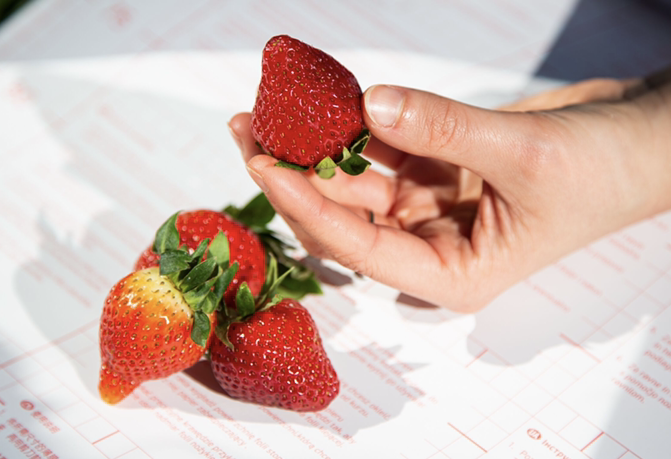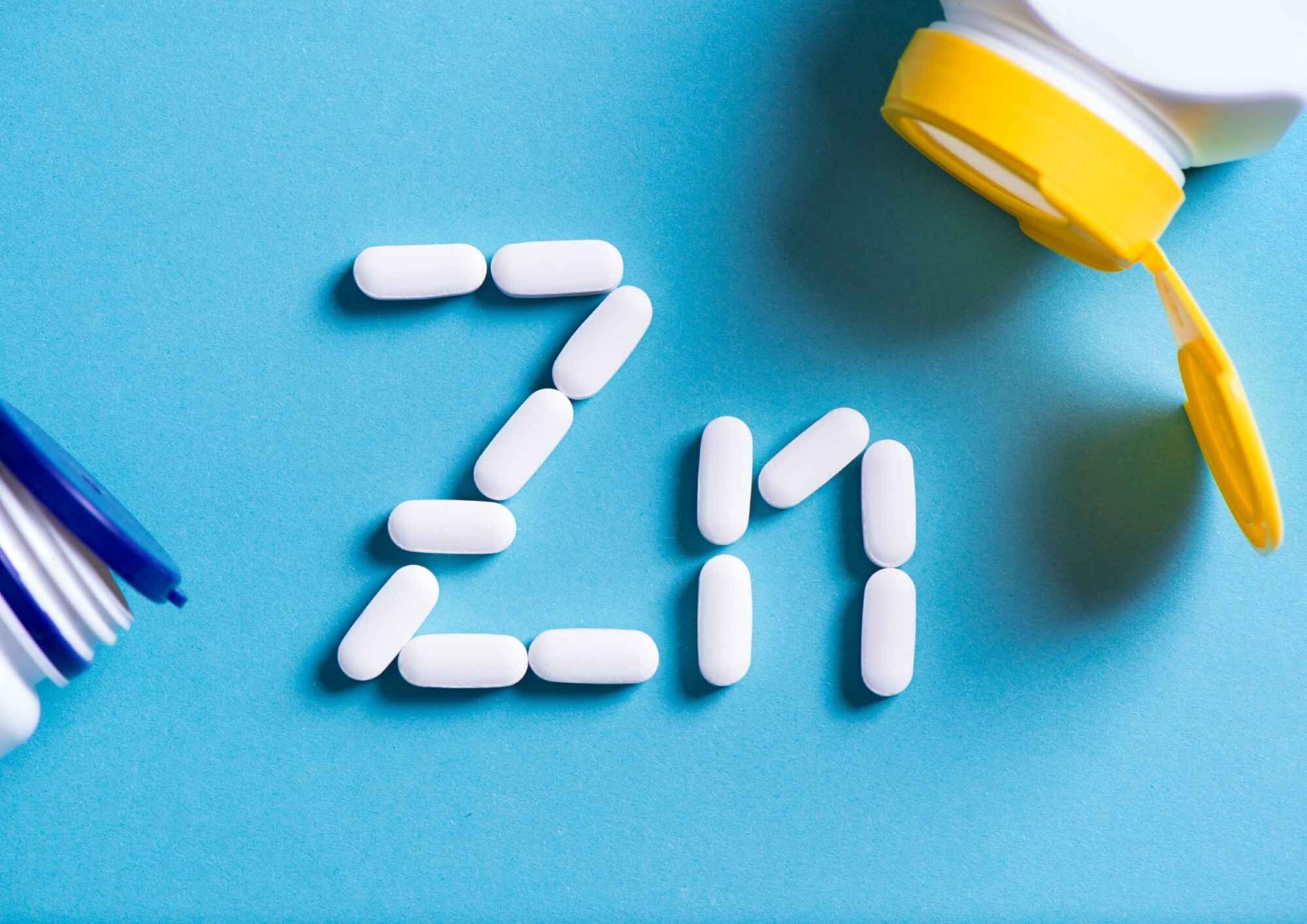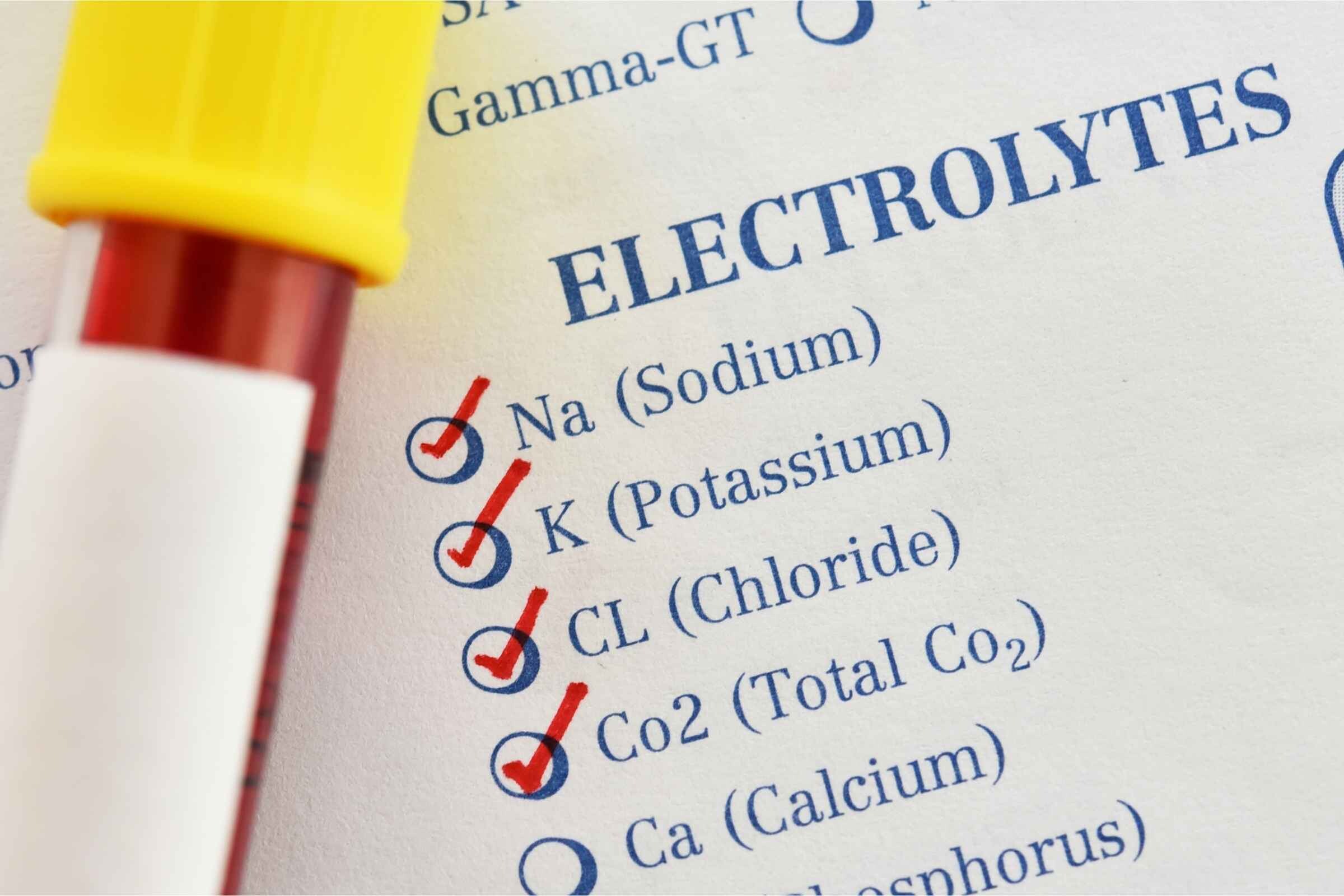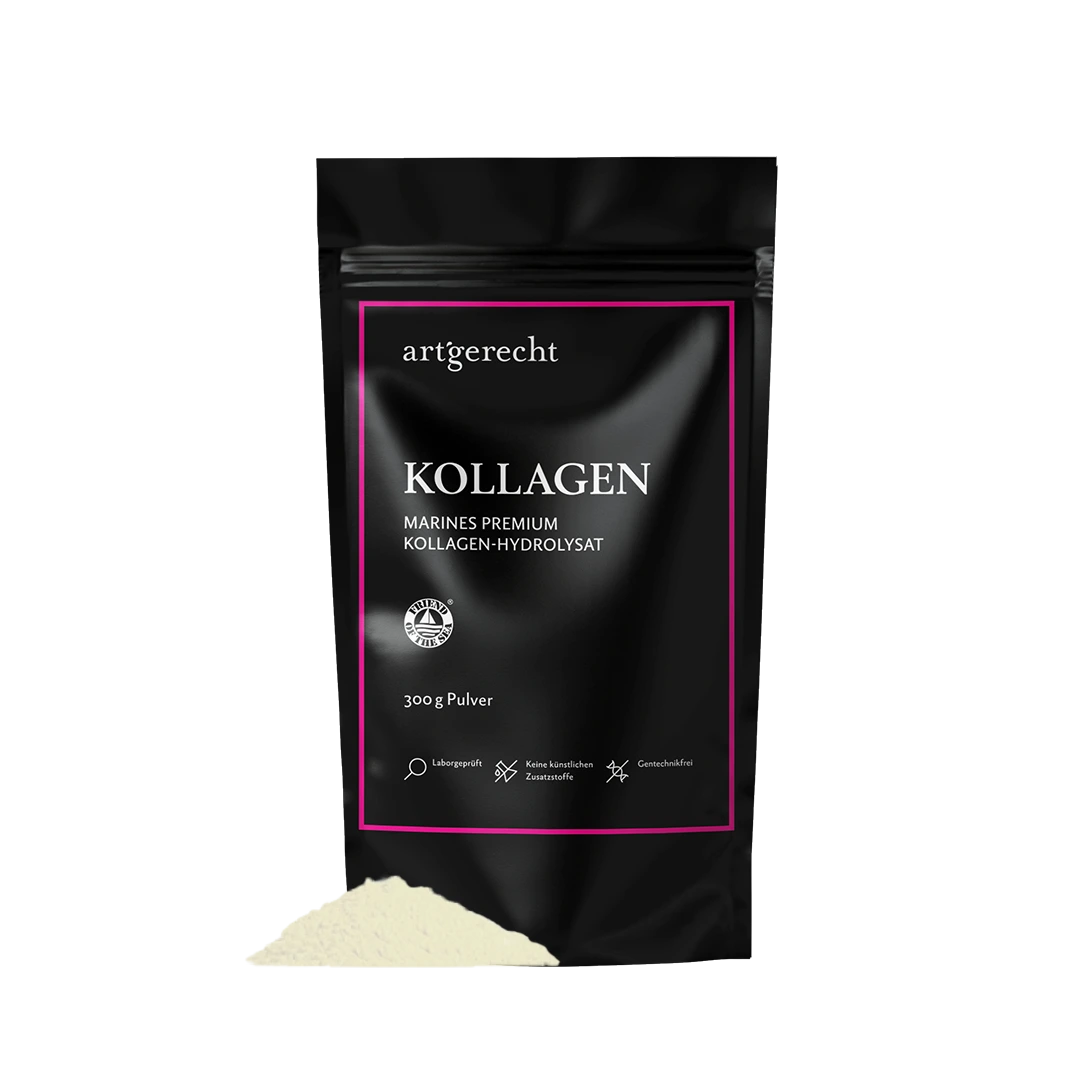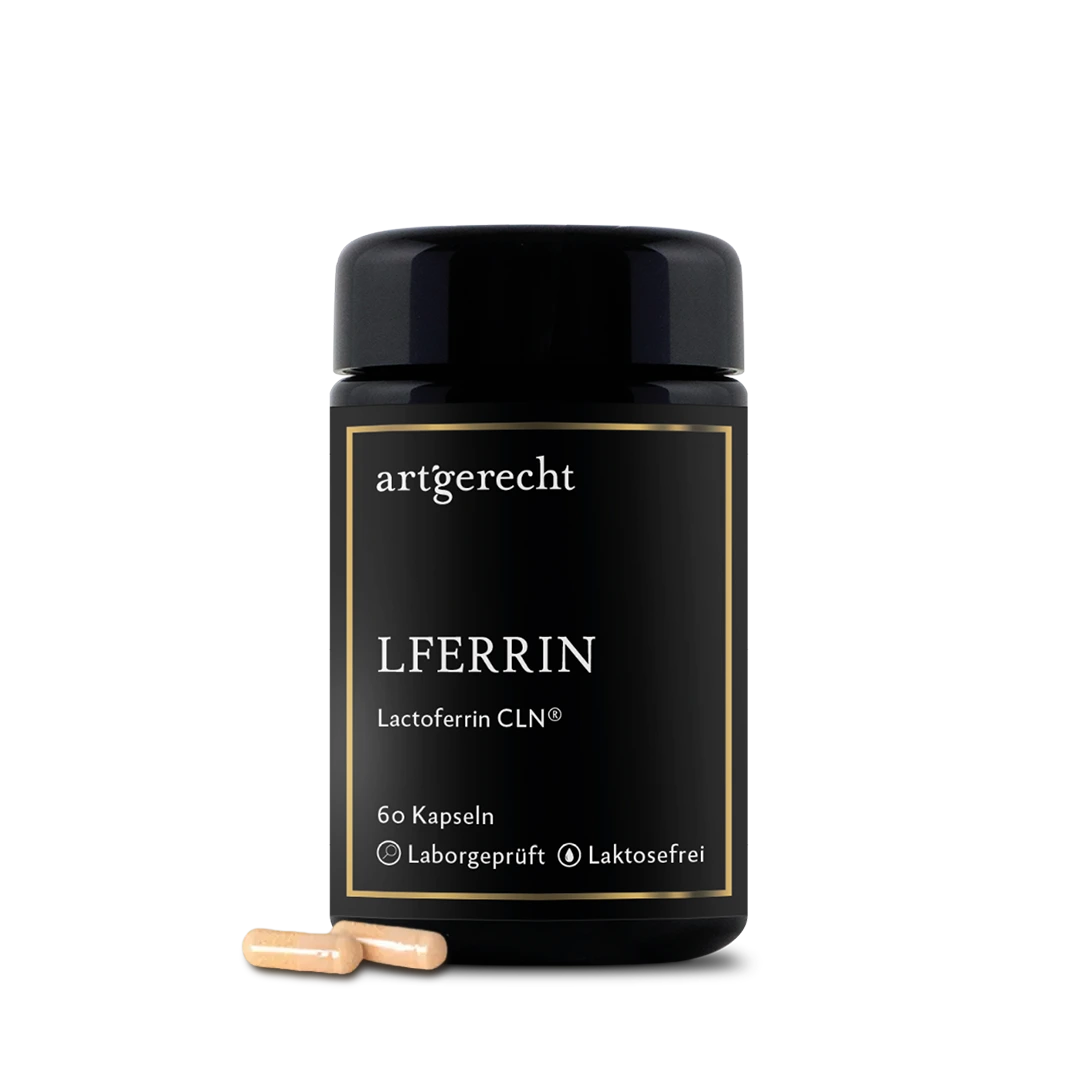Drunk on fruit juice? It may sound unbelievable, but it is possible: Fusel alcohols can be formed by fermentation in our intestines, which can even trigger a state of intoxication. In this article, you can find out what insufficient carbohydrate digestion and an incorrect colonization in the intestinal flora have to do with this.
What are carbohydrates?
Carbohydrates belong to the so-called macronutrients, just like fat and protein. They are primarily used to supply our body with energy and can only be stored for this in the short term. Some carbohydrates are also stored long-term in body tissues as structural elements, especially in connective tissue.
There are many different carbohydrates, such as glucose (blood sugar), fructose (fruit sugar), amylose (starch), lactose (milk sugar) or ribose (e.g. for DNA production). Then there are many other carbohydrates, such as mannose. It is difficult to find your way through this jungle of carbohydrates.
How do I digest carbohydrates?
Which carbohydrates we can utilize is mainly determined by our enzymes and also our intestinal flora, which in some cases work upstream or downstream. Carbohydrate digestion starts in the mouth through chewing and salivation. When we chew, the food we eat is broken down mechanically, making its nutrients accessible to our digestive enzymes. Saliva mainly contains the starch-splitting enzyme amylase. This is the reason why bread tastes sweet when we chew and salivate it well. This is because amylase breaks down starch (amylose) into glucose, allowing us to absorb it. In the stomach, gastric acid is added in an attempt to break down the food further in order to reach the inside of the cells. The process continues in the duodenum. Here the carbohydrates extracted from the cells are broken down further by pancreatic enzymes. The broken down carbohydrates are slowly absorbed via the entire small intestine. When the cells are broken down, fiber or dietary fiber remains, which ends up in the large intestine and serves as food for our intestinal flora.
Evolution and digestive enzymes
Starch and lactose have only played an important role in human evolution for the last 10,000 years. With the beginning of agriculture, there was a dramatic genetic development in the alpha-amylase gene of the oral salivary gland. Due to the high consumption of starch, more and more gene copies of the starch-splitting enzyme alpha-amylase were stored in the salivary gland. In natural populations that still live as hunters and gatherers, there are significantly fewer gene copies, which represents an extreme evolutionary pressure (Santos et al., 2012). The situation is similar with so-called lactase persistence, which is predominantly found in people in northern Europe. Lactase is the enzyme that breaks down lactose, the milk sugar. People who have not developed this persistence suffer from lactose intolerance and cannot tolerate foods containing lactose.
Which carbohydrates can cause problems with digestion?
Lactose intolerance and fructose malabsorption
Problems can always arise when food components pass through the intestine undigested in excessive quantities. This occurs when, for example, enzymes for the corresponding carbohydrate are missing, as is the case with lactose intolerance. Because the lactose is not broken down and absorbed, it is fermented by bacteria, which leads to bloating and diarrhea. In the case of fructose malabsorption (often falsely referred to as intolerance), it is not due to the enzymes; in this case, absorption into the body is impaired;The absorption into the body via the fructose transporter (GLUT5) is severely restricted, which is why large amounts of fructose cannot be absorbed and are also fermented by bacteria.
Strength
Foods containing starch, which are consumed in large quantities, poorly chewed and not well salivated, cause a similar problem: Since the majority of the starch-splitting enzyme alpha-amylase is produced in the oral salivary gland, it is often not possible to digest the entire starch, which leads to it being fermented by our intestinal flora. This often results in bloating and non-smelly intestinal winds.
Sugar
When we consume sugar (household sugar), it does not have to be broken down by enzymes before it can be absorbed. This is good because it saves us a lot of energy, as we don't have to invest in digestion to be able to absorb energy. The problem with this, however, is that we immediately absorb the sugar in large quantities, causing our blood sugar and insulin levels to spike in the short term. Unfortunately, these levels fall again just as quickly, which leads to the well-known hunger attacks and often ends in a vicious circle. In addition, we cannot absorb these amounts of sugar, which means that our intestinal flora increasingly begins to metabolize this sugar.
Our intestines, a gas pipe
If too many carbohydrates are left over from the digestive process so that we do not absorb them completely ourselves, this often leads to a change in the composition of our intestinal flora. Fungi, especially yeasts such as Candida albicans, are then increasingly found here. When sugar meets yeasts, alcohol is not only produced in the wine press, but also in our intestines, which can lead to a fatty liver, as is often the case with alcoholics (Jiang et al., 2015). However, not only yeasts, but also bacteria, which are often found in dysbiotic intestinal flora, can ferment carbohydrates into alcohol. This can cause symptoms such as bloating, flatulence, diarrhea, abdominal pain, headaches, confusion and, in extreme cases, even intoxication (Spinucci, Guidetti, Lanzoni, & Pironi, 2006).
How can I improve my carbohydrate digestion?
In principle, carbohydrates are not a problem for us as long as we do not suffer from conditions such as lactose intolerance, fructose malabsorption or other food allergies and genetic dispositions. However, the following points should be noted:
- Variety. In a species-appropriate diet, there is, except very occasionally, no monotonous food. Accordingly, dishes such as fried potatoes, pasta, chocolate, cakes, etc… are too one-sided and not suitable for regular consumption in large quantities. This does not mean that such foods should be completely eliminated from the diet, but they should be drastically reduced. The more colorful the plate, the better!
- Reduce the degree of processing As an example: Flour, regardless of which type, is already a highly processed food. Grinding breaks down the cell structures and makes the energy stored in them more readily available in the form of carbohydrates. This promotes the development of dysbiosis, causes hunger attacks and upsets our insulin balance (Spreadbury, 2012). If the flour is also baked, the degree of processing increases further. The rule here is: the less processed the plant, the better, but not too much raw food. Steamed vegetables that are still firm to the bite are the perfect condition for a processed food and can be consumed safely in large quantities.
- Take your time when eating. Chewing and salivating is an important part of the digestive process. If you don't have time to eat, you chew less and swallow faster, which means that the alpha-amylase produced in the oral salivary gland is not produced sufficiently. The insufficiently digested starch also leads to dysbiosis and all the resulting consequences for health.
- Bitter substances and enzymes help to break down and support digestion.
Literature:
Jiang, W., Wu, N., Wang, X., Chi, Y., Zhang, Y., Qiu, X., Liu, Y. (2015). Dysbiosis gut microbiota associated with inflammation and impaired mucosal immune function in intestine of humans with non-alcoholic fatty liver disease. Scientific Reports, 5, 1–7. https://doi.org/10.1038/srep08096
Santos, J. L., Saus, E., Smalley, S. V, Cataldo, L. R., Alberti, G., Parada, J., … Santos, J. L. (2012). Copy Number Polymorphism of the Salivary Amylase Gene: Implications in Human Nutrition Research-for per sonal use only. J Nutrigenet Nutrigenomics, 5, 117–131. https://doi.org/10.1159/000339951
Spinucci, G., Guidetti, M., Lanzoni, E., & Pironi, L. (2006). Endogenous ethanol production in a patient with chronic intestinal pseudo-obstruction and small intestinal bacterial overgrowth. European Journal of Gastroenterology and Hepatology, 18(7), 799–802. https://doi.org/10.1097/01.meg.0000223906.55245.61
Spreadbury, I. (2012). Comparison with ancestral diets suggests dense acellular carbohydrates promote an inflammatory microbiota, and may be the primary dietary cause of leptin resistance and obesity. Diabetes, Metabolic Syndrome and Obesity : Targets and Therapy, 5, 175–189. https://doi.org/10.2147/DMSO.S33473 PM – 22826636 M4 – Citavi

